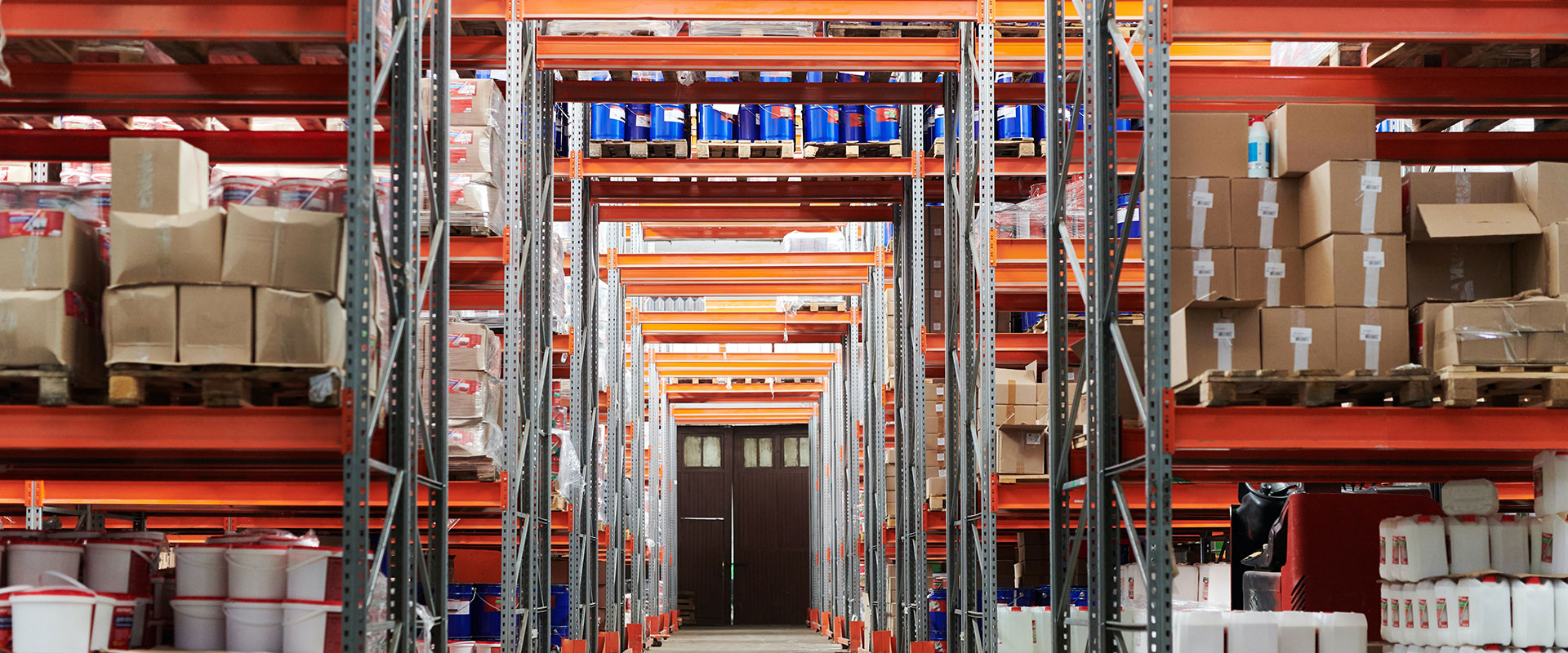Now that we’re many weeks into the COVID-19 pandemic, it’s apparent that this global crisis has underscored the need for resilient, dependable — and flexible — supply chains. Many companies have developed innovative workarounds to address supply and demand while also protecting their employees.
Some experts predict that the demand for office and retail space may decline as companies decide to make permanent their telecommuting policies enacted during the height of the pandemic. Yet a dramatic increase in e-commerce may, in fact, lead to a greater demand for logistics real estate to meet the need to maintain higher inventory levels.
According to a special report by ProLogis, while short-term risks to logistics real estate have increased — suppressed economic activity in regions with high infection, goods production and movement disruption — several trends have potential to soften the impact of those risks:
- Structural demand drivers built on higher service level expectations
- A disciplined development community
- Longer lease terms that buffer and protect cash flows from short-term disruptions
Supply Chain Risks May Lead to New Long-Term Supply Chain Trends that Boost Demand
The report identifies three areas of change with the possibility of driving higher demand once the period of uncertainty ends: rising inventory levels, continued growth in e-commerce, and diversification of manufacturing locations.
Inventory Levels
Traditionally, supply chains maintain lower inventories to keep goods distribution costs low. Volatility negatively affects sales and revenues and — as in the past, after natural disasters and strikes — has necessitated the reevaluation and necessity of changes to inventory strategy and practices. Post COVID-19, customers may be more likely to reevaluate business continuity plans and ideal inventory volumes, which could lead to greater demand.
E-commerce
Online shopping grew 16.7% globally in 2019 and the trend has only increased in 2020. A recent Forbes article quoted data from the Adobe Digital Economy Index, which analyzes over one trillion online transactions across 100 million product SKUs. The mid-June report states that total spending in May hit $82.5 billion, up 77% YOY. E-commerce alone jumped $52 billion.
Taylor Schreiner, Director at Adobe Digital Insights, says, “We are seeing signs that online purchasing trends formed during the pandemic may see permanent adoption. While BOPSIS (buy online, pick up in-store) was a niche delivery option pre-pandemic, it is fast becoming the delivery method of choice as consumers become more familiar with the ease, convenience, and experience.”
Moving Manufacturing to New Locations
Even prior to COVID-19, manufacturers were working to evolve their global supply chain strategies. While China plays a significant role in the production of global goods, the pandemic has provided a wakeup call to companies who are now looking to build resilience in their supply chains. A key component to the strategy is to build in flexibility, including switching quickly among various production sources in response to future challenges — which could include ongoing outbreaks of COVID-19.
That flexibility could very well translate to broadening manufacturers, emphasizing near-adjacent locations, and moving away from “just in time” sourcing — which is a high-risk logistics strategy. Diversifying may be as simple as checking with vendors to see who has other offshore options. Experts predict that the long-term gains of diversification will lead to more options and lower costs, ultimately outweigh the initial costs of exploring other options.
Logistics Market — Poised for Growth
According to a JLL report on global real estate implications resulting from COVID-19, operators have already begun to focus on supply chain risk mitigation and resilience. Companies are looking at:
- Reshoring and near sourcing of manufacturing, especially within critical industries that include pharmaceuticals, technology, and medical devices, with a renewed emphasis on domestic supply chain independence
- Sourcing diversification and a restructuring of distribution networks to rely less on one country — this strategy will lead to more multifacility and multi-location options
- Diversifying transportation modes to include developing port diversification strategies and investing in locations with multi-modal transport options
The report predicts an additional regional demand for manufacturing facilities and logistics and the need for companies who traditionally maintain lean supply chains to increase their inventory levels — and thus require additional storage space.
The COVID-19 pandemic has highlighted the critical importance of supply chains and logistics real estate. With robust demand and near record low vacancy rates, and strong industrial and logistics fundamentals prior to the pandemic, the sector is positioned for growth in a post-COVID-19 era.
CREA United’s Industrial group encompasses a collaboration of highly talented, reputable industry professionals — including Darren Lizzack, MSRE, of James E. Hanson — that can provide nearly any service within the industrial real estate landscape. If you’re looking for additional space to expand your operations — or need to strategize and update your existing space, we are ready to help. Please feel free to reach out to us today.

